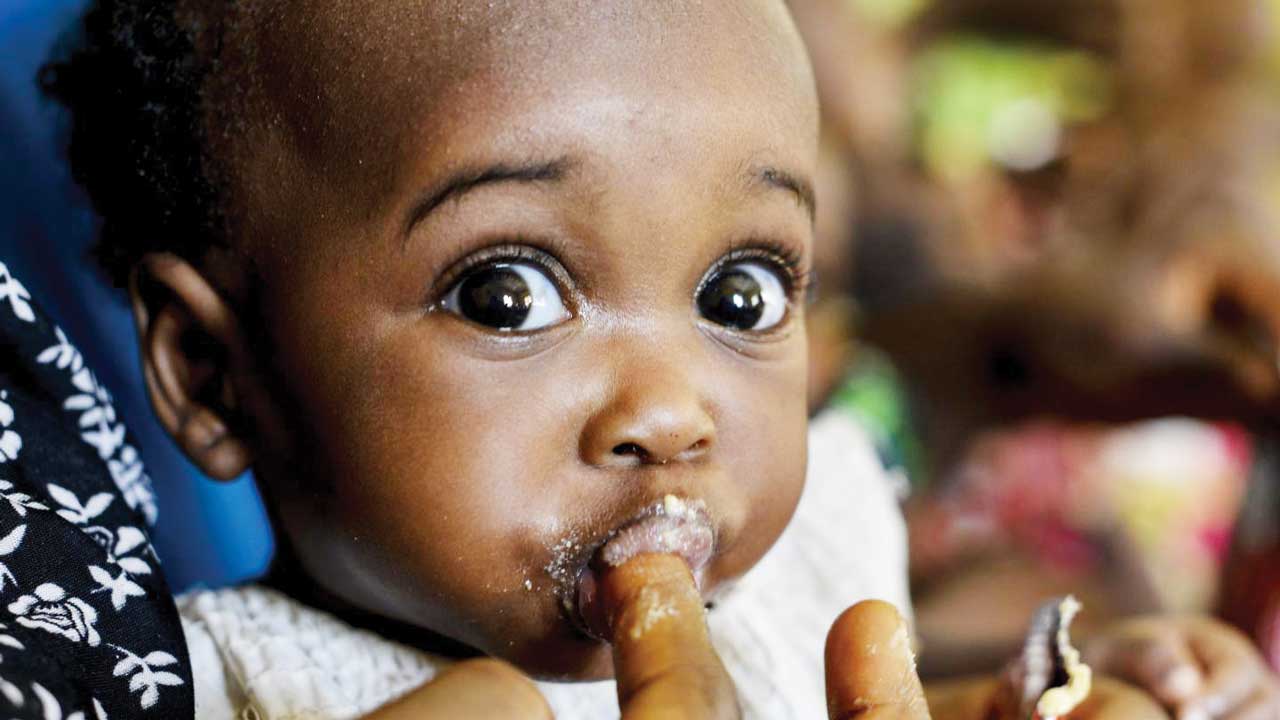 • Scientists claim deaths from killer viruses in animals will soar due to climate change
• Scientists claim deaths from killer viruses in animals will soar due to climate change
• Monkeypox virus evolving to be better at infecting people, analysis finds
• WHO warns dengue fever, painful mosquito-borne disease will become major threat this decade
Scientists have warned that the next pandemic could be the most contagious deadliest disease known to humanity, even as they claim deaths from four types of killer viruses lurking in animals will soar 12-fold due to climate change.
Also, analysts and the World Health Organisation (WHO) warn that monkeypox virus is evolving to be better at infecting people and the painful mosquito-borne disease, dengue, will become a major threat this decade.
Indeed, researchers fear that four diseases transmitted from animals to humans will kill 12 times as many people in 2050 than they did in 2020.
The findings were published in the journal—BMJ Global Health.
Experts from United States (US) biotech company Ginkgo Bioworks have called for ‘urgent action’ to address the risk to global public health.
They warned human epidemics caused by zoonotic diseases — also known as spillovers — could be more frequent in the future due to climate change and deforestation.
Both factors mean humans coming into contact with animals more frequently.
The team’s analysis looked at historic trends for four particular viral pathogens.
These were filoviruses, which include Ebola and Marburg, Severely Acute Respiratory Syndrome Coronavirus type 1 (SARSCOV1), COVID-19’s cousin, Nipah, and machupo (which causes Bolivian haemorrhagic fever).
The study did not include COVID-19, which caused the global pandemic in 2020 and is likely to have originated in bats.
It looked at more than 3,000 outbreaks between 1963-2019, identifying 75 spillover events in 24 countries.
The database covered epidemics reported by the WHO, and outbreaks occurring since 1963 that killed 50 or more people.
The events caused 17,232 deaths, with 15,771 caused by filoviruses and occurring mostly in Africa.
Researchers said epidemics have been increasing by almost five per cent every year.
“If these annual rates of increase continue, we would expect the analysed pathogens to cause four times the number of spillover events and 12 times the number of deaths in 2050 than in 2020,” they added.
Also, the next pandemic, dubbed the ‘Big One,’ could be ‘simmering in the background,’ waiting to unleash the most contagious and deadliest diseases known to humanity.
The paramyxovirus family has over 75 viruses, including mumps, measles and respiratory tract infections, and was added to the list of the United States National Institute of Allergy and Infectious Diseases’ pandemic pathogens to watch in October.
One of the viruses, the Nipah virus, can infect cells with receptors that regulate what gets in or out of cells that line the central nervous system and vital organs.
This variant has a fatality rate of up to 75 percent compared to COVID-19’s, which is well under one percent.
Scientists note that unlike the flu and COVID-19 are “speedy shape-shifters,” paramyxoviruses appear not to mutate as they spread, but they have become “very good at transmission among humans.”
Assistant professor at the University of Toronto, Canada, Dr. Michael Norris, said in a statement: “Just imagine if a paramyxovirus emerged that was as contagious as measles and as deadly as Nipah.”
A virologist at the University of Pittsburgh, Paul Duprex, told The Atlantic that rubulavirus, one of the paramyxovirus sub-family that includes mumps, are of concern.
Humans, apes, pigs and dogs are natural hosts and are easily infected in close quarters. And then there is measles, first documented in the 9th century by a Persian doctor. It was not until 1757 that a Scottish physician discovered an infectious agent in patients’ blood that caused the virus.
Chief of the molecular-pathogenesis unit at Rocky Mountain Laboratories, Emmie de Wit, told The Atlantic that measles could eventually be eradicated, ending the need for vaccinations
However, when this happened with smallpox, mpox appeared to take its place.
Strengthening Australia’s Pandemic Preparedness, a report published in 2022, addresses paramyxoviruses: “As the world continues to better understand these connections between human, animal, plant and environmental health, viruses are moving from animals to humans at ‘alarming rates.
“In addition to known viruses, on average, two novel viruses appear in humans each year, and the proportion that gives rise to larger outbreaks is growing.
“Many of these viruses have pandemic potential – the potential to spread across multiple continents.”
Also, scientists fear an even more infectious strain of monkeypox could emerge as the tropical virus continues to mutate and spread between people.
Researchers in the United Kingdom (UK) said the virus was now mutating at a “much higher rate” than it had in 2018, when only occasional cases were detected.
Their analysis showed mutations were particularly focused on a gene that the human immune system attacks to stop the virus from mutating, helping it dodge immunity.
The team also suggested monkeypox, or mpox, had been circulating in humans since at least 2016 — or six years before the current outbreak.
In their study, published in the journal Science, researchers compared mpox sequences from 2018 to 2022 and found the rate of mutations had increased rapidly which they said suggested “sustained human-to-human transmission”.
They found mutations were focused on the area of the genome targeted by the human immune system enzymes known as APOBEC3.
These are able to change bases within a genetic code inhibiting the ability of a virus to replicate.
The scientists said the repeated changes to this gene also signalled sustained human-to-human mpox transmission rather than repeated spillover events.
Their molecular clock used the B.1 lineage of mpox, which is the type behind the ongoing outbreak among humans.
Mpox has historically been endemic to West and Central Africa and only triggered cases sporadically when the virus spilled over from rodents.
But in 2022 an international epidemic emerged which triggered 30,000 cases and 55 deaths in the US alone, with California, New York and Texas the worst affected.
Worldwide, more than 64,000 infections across 100 countries — also including the UK, Spain and Germany.
The US has detected 935 cases in 2023, data shows, as the virus continues to emerge in the country.
But the disease wasn’t known to spark big outbreaks beyond the continent or to spread easily among people until last May when dozens of epidemics emerged in Europe, North America and elsewhere.
Scientists ultimately concluded that the unprecedented outbreak was tied to sex among gay and bisexual men at raves in Spain and Belgium, marking a significant departure from the mpox´s typical pattern of spread in Africa, where outbreaks haven’t spilled across borders.
Also, the World Health Organisation has warned a mosquito-borne disease that kills thousands of people every year could become a major threat in the United States (US).
The agency’s chief scientist, Sir Jeremy Farrar, warned in an interview dengue fever could take hold in the southern US and southern Europe before the year 2030.
He warned warming temperatures allowing mosquitoes that can carry the disease to venture deeper into the country would drive the rise.
About 20,000 people die from dengue fever every year mostly in Asia and South America, figures show. The disease has a fatality rate of one death per 100 patients.
Every year there are about 1,200 cases recorded in the US, nearly 600 of which are locally-acquired infections. But there are concerns the disease is spreading after California recorded its first locally-acquired infection for a decade last month.
Scientists say dengue fever could become endemic in the US if infected mosquitoes in Mexico manage to move further North.
They also warn infected travelers coming into the US could introduce the virus if they are bitten by local mosquitoes, which then become infected and start transmitting the disease to other people.
A rise in the number of dengue fever cases has sparked a virus alert in parts of Florida.
The disease is carried by the Aedes aegypti mosquito, already found in some areas of the south, which is active at all hours and can reproduce in even the smallest pools of water.






